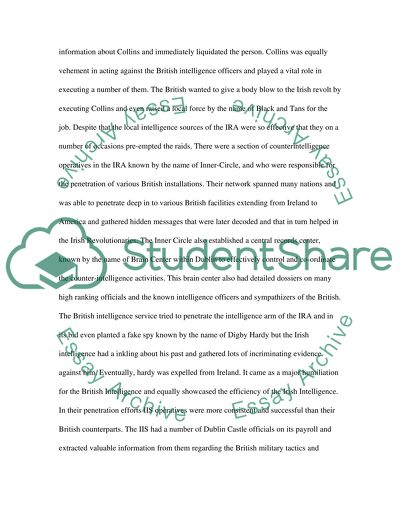Cite this document
(“Irish Revolt Essay Example | Topics and Well Written Essays - 2750 words”, n.d.)
Irish Revolt Essay Example | Topics and Well Written Essays - 2750 words. Retrieved from https://studentshare.org/miscellaneous/1509232-irish-revolt
Irish Revolt Essay Example | Topics and Well Written Essays - 2750 words. Retrieved from https://studentshare.org/miscellaneous/1509232-irish-revolt
(Irish Revolt Essay Example | Topics and Well Written Essays - 2750 Words)
Irish Revolt Essay Example | Topics and Well Written Essays - 2750 Words. https://studentshare.org/miscellaneous/1509232-irish-revolt.
Irish Revolt Essay Example | Topics and Well Written Essays - 2750 Words. https://studentshare.org/miscellaneous/1509232-irish-revolt.
“Irish Revolt Essay Example | Topics and Well Written Essays - 2750 Words”, n.d. https://studentshare.org/miscellaneous/1509232-irish-revolt.


